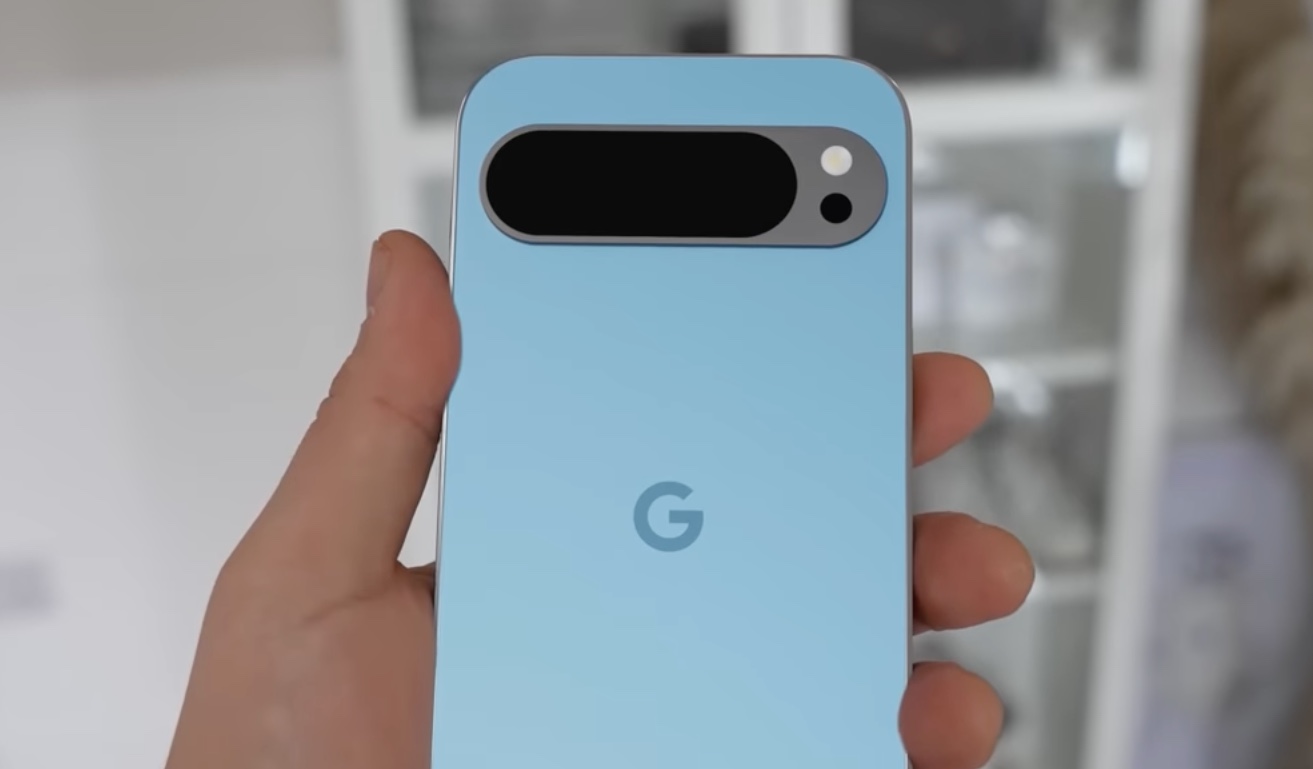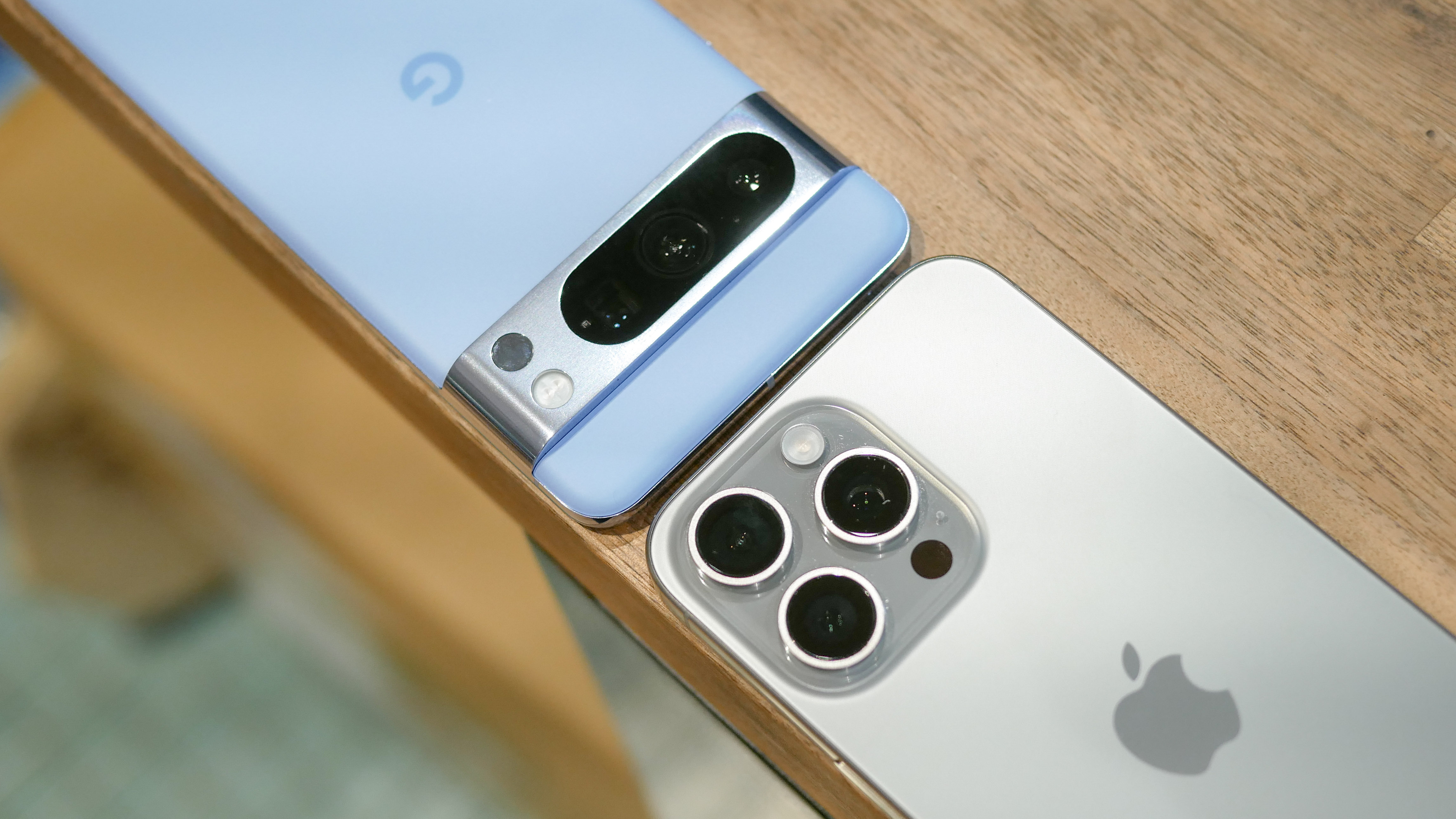
Google's Pixel Pro lineup could expand later this year, if current Pixel 9 Pro rumors about multiple models are to be believed. And that could turn out to be a real pain in the neck for Apple.
In case you're not up to date on your Pixel 9 chatter, leaked renders have suggested that Google is working on two different Pixel Pro models for this fall's release, after years of producing a single big-screen Pro model. Instead, we could see a Pixel 9 Pro featuring a 6.1-inch screen, while a second version sports a 6.7-inch display. That model would apparently be called the Pixel 9 Pro XL.
Apart from the different screen sizes (and presumably battery sizes), the Pixel 9 Pro and Pixel 9 Pro XL would have plenty in common — including the telephoto lens that distinguishes the Pro edition of Google's flagship phone from the standard model. And that's where Apple and its iPhone Pro models enter the picture.
Now, in the larger scheme of things, what Google does with its flagship phones wouldn't seem to be of interest to Apple. The iPhone maker enjoys the largest share of the U.S. smartphone market by far, while Google's percentage is down in the single digits. Whatever features Apple adds or enhancements its makes to its phones are probably not made with the Pixel in mind.
Though maybe it should be, just a little bit. With apologies to Samsung and its Galaxy S lineup, Google's Pixel phones probably come the closest to challenging Apple's position as the maker of the best camera phones. Certainly, both Google and Apple excel at computational photography and photo processing, as you can see when comparing images captured by the Pixel and iPhone. In terms of photography, there's very little separating these phones.
So little things, like a second Pixel Pro model equipped with a telephoto lens, could wind up making a big difference in camera phone comparisons — especially if one of those Pixel models winds up costing less than Apple's iPhone Pro offerings.

As it stands, the Pixel 8 Pro and iPhone 15 Pro currently have the same $999 starting price. You would assume that a smaller Pixel 9 Pro model would cost less than that, even though we haven't heard much in the way of Pixel 9 pricing rumors.
If Google does offer its smaller Pixel 9 Pro for $899 — or even $799 — it wouldn't be the only Android flagship phone with a telephoto lens and a lower starting price than the iPhone 15 Pro. The Galaxy S24 and the OnePlus 12 both have telephoto lenses of their own, and they cost $799. (Trade in a phone when you buy the OnePlus 12, and you can get that device for $699.)
That's where things get sticky for Apple. The more options out there offering the same features you do but for less, the greater the chance that some people might start giving those alternatives a try.
Of course, Apple reportedly has a few tricks up its sleeve when it comes to future camera phones.
Of course, Apple reportedly has a few tricks up its sleeve when it comes to future camera phones. This fall's iPhone 16 Pro update could see that model adopt the same tetraprism telephoto lens that Apple added with last year's iPhone 15 Pro Max release. That would mean an upgraded 5x optical zoom for the iPhone 16 Pro, potentially making it a more compelling option than less expensive camera phones. Other camera improvements, such as a 48MP ultrawide lens, have been tipped for the iPhone 16 Pro as well.
And that's just considering the cameras. Apple may give the iPhone 16 Pro a larger screen — the rumors say 6.3 inches — which will mean more screen real estate for editing all those images you've captured with the upgraded camera optics. Rumored AI additions coming with the iOS 18 software update could bolster the iPhone's photo-editing capabilities, too. So yeah, Apple's not about to concede the camera phone competition to Google just because there's a more affordable Pixel Pro arriving on the scene.
All told, it's an exciting time for mobile photography. When you have a couple category leaders like Apple and Google poised to make these kinds of changes to their phones, it's very clear how critical camera features have become when convincing people to buy a particular handset.







